Composer Graham Fitkin has always loved the homogeneity of the string quartet sound. He shares the ideas behind his anthology of works for string quartet that call for the addition of ‘guest’ instruments, including soprano saxophone, percussion, piano, harp and organ
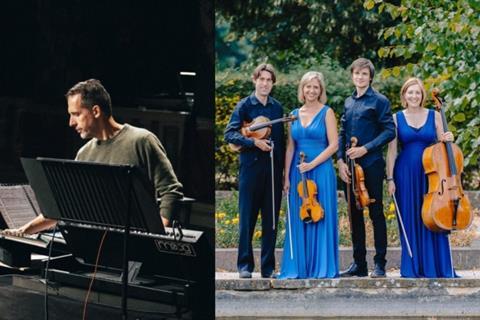
Discover more Featured Stories like this in The Strad Playing Hub.
I do love homogenous sound worlds. Whether it’s four guitars, thirteen clarinets or six pianos, they appeal to my preference for clarity and finding richness from reduced timbral parameters. The joy I get from the string quartet, this combination of closely related instruments, is right up there. There’s a straight forwardness to this grouping, and a certain humility, as if to say - look, we’re just a bunch of very similar, fairly old instruments, not fusion, not gimmicky, but we’re great at subtlety, gradations of tone and reward patience and an evolving relationship.
Strangely though I think that as my love and understanding of the medium grew, I actually put myself off from writing for it. Perverse really, considering my alacrity to write for other historically traditional groupings (orchestra, brass band, choir), or timbrally homogenous ensembles (marimba or saxophone quartets). Anyway, I seemed to get over myself and took the plunge.
Initially my approach was to use the potential for uniformity of sound as a building block. So in my first quartet Servant (1992) the work opens in rhythmic unison and focuses on it throughout. It then starts to break up this ‘one large instrument’ idea, with the second violin briefly flirting outside the rules. Then the viola has a go. Before long the others are off and we have four separate polyphonic lines vying for attention before being drawn back to the unison of a single entity. Another work, Pawn (2004), is more brutal in its focus on the ensemble’s singularity. This is in rhythmic unison nearly all the way through its 18-minute span. The first half slow, sustained, quiet, the second half loud, strident and gestural. In a Western culture that seems to love multitudes of choices I wanted to do the opposite, reduce options for that sort of malarkey and concentrate on a single purpose. Gone was the vibrato, the warmth of sound, and in its place was starkness, the nakedness of bow on unforgiving string.
But things change. And as my compositional proclivity has shifted, I have explored blurring textures and timing (String, 2007), and the juxtaposition of different sorts of music (Inside, 2006). But then came the question - what happens if you add a new, very different instrument to the group. What happens when you expand the beloved string quartet by adding a timbrally diverse soloist.
For me as a composer, the addition of another distinct instrument into the mix creates questions and opportunities. Now there are two protagonists: the quartet and the soloist. How does this guest interact with the established group? What is their role? How does the existing group embrace the incomer and adapt itself?
I have now written five works revolving around the connections between quartet and incomers, how they affect each other, what they gain and what they lose.
How does this guest interact with the established group and what is their role?
Each work has clearly defined roles for the two protagonists, allowing for two distinct approaches to the material and yet each protagonist is affected by the other. Approaches often evolve through the works, perhaps the quartet splits their honed homogeneity to focus more on individual constituents or conversely maybe they subsume the incomer creating a single expanded ensemble.
In Loosening (2021) the strings are joined by the soprano saxophone. I wanted the strings and saxophone to follow their own paths, periodically joining up before veering off, aware of the other’s world but never wholeheartedly embracing it. The work focuses on sustained sounds, with omnipresent string glissandi coming in and out of focus. The saxophone’s gentle persistence is untroubled by this, following a path adjacent to the strings but ultimately diverging. There is smudging involved and maybe some moments of clarity.
In a world which applauds certainty and simple answers, I hope this has a kind of frailty to it, a tendency to feel unsure, to try with trepidation whilst remembering past fallibility. (Or perhaps that’s just the way I feel generally…)
Distil (2014) involves a percussionist. Here I wanted to eschew the short sharp side of percussion and focus instead on the wonderful sustaining envelope that some instruments display. Strings of course have that glorious ability to sustain sounds but here the roles of the two protagonists are reversed. The strings play short sounds, pizzicato or col legno. The percussionist uses sustaining instruments such as vibraphone, crotales, glockenspiel, allowing a natural decay of the sound. As the piece develops the protagonists shift their sound worlds, until crossing over. The strings introduce longer sustained notes while the percussionist ushers in discrete drum strikes progressively accruing to the end.
Mimicry, a central aspect of humanity, is central to Touch (2005) for quartet and piano. Here the pianist and strings are in constant dialogue, imitating each other, urging each other on, endeavouring to be one whole group whilst retaining their individual constituents’ character. The soloist has a more commanding presence here than in the other works, driving the piece, adapting to the string responses in a quasi-extemporising manner.
In Recur (2016) the strings are joined by the harp. The quartet initially makes use of all their plucking capabilities, while the harp has a more mellow, multi-faceted approach to the same material. As the piece advances the two protagonists borrow from the other side, the initially mellifluous harp later showing its more strident face, while the quartet integrates unadorned sustained tones.
The incomers in Slow (1990) are two organs. At first their role is distinct from that of the quartet, often playing on their own. But the strings have their way in the end, cajoling the organs into a more shared approach based on partnership. This is the most lyrical of the pieces with an actual proper melody. I remember when I was writing it, the constant internal monologue I had with my other self, saying ‘You can’t do that. You really shouldn’t. You’re a terrible person, and your string writing is shocking.’
Despite those continuing internal composer monologues, my relationship with the string quartet is healthy. I still love it to bits and there’s so much more I want to do with it.
Graham Fitkin’s works described above can be found on the new album Loosening, featuring the Sacconi Quartet with Simon Harah, Ruth Wall, Joby Burgess and Clare Hammond, which is out on Signum Classics on 12 July 2024.
Read: ‘We just love what we do’: 21 years of the Sacconi Quartet
Read: Synaesthesia and the colours of Marc Chagall: composer Deborah Pritchard
Read more Featured Stories like this in The Strad Playing Hub.
The number one source for playing and teaching books, guides, CDs, calendars and back issues of the magazine.
In The Best of Technique you’ll discover the top playing tips of the world’s leading string players and teachers. It’s packed full of exercises for students, plus examples from the standard repertoire to show you how to integrate the technique into your playing.
The Strad’s Masterclass series brings together the finest string players with some of the greatest string works ever written. Always one of our most popular sections, Masterclass has been an invaluable aid to aspiring soloists, chamber musicians and string teachers since the 1990s.
American collector David L. Fulton amassed one of the 20th century’s finest collections of stringed instruments. This year’s calendar pays tribute to some of these priceless treasures, including Yehudi Menuhin’s celebrated ‘Lord Wilton’ Guarneri, the Carlo Bergonzi once played by Fritz Kreisler, and four instruments by Antonio Stradivari.

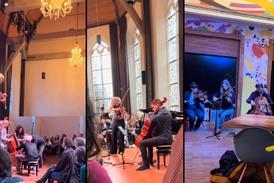
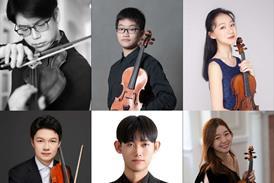
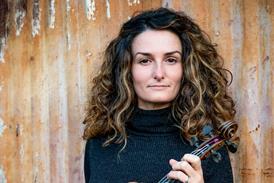
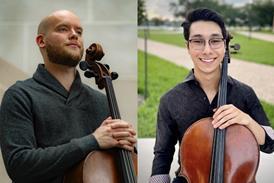
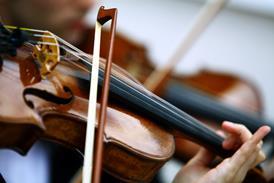
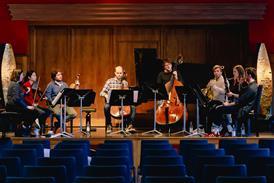
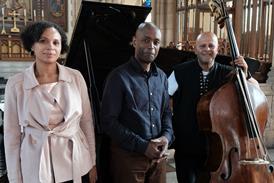

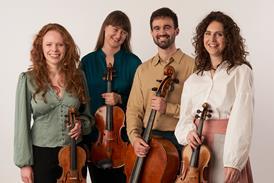
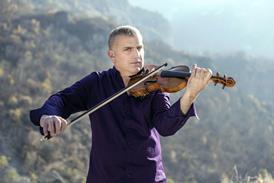
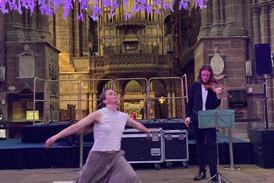
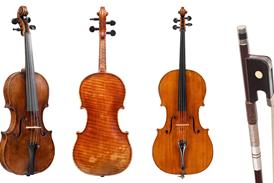

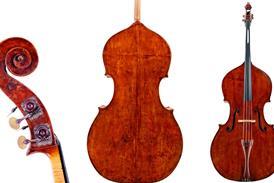
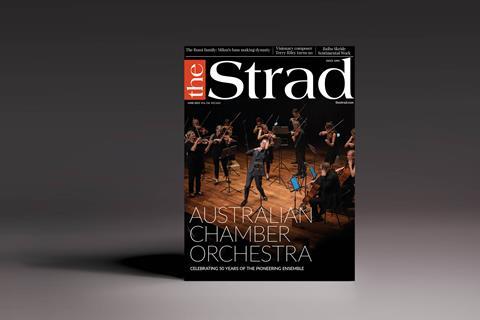




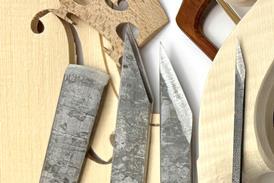

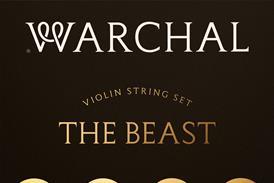















No comments yet